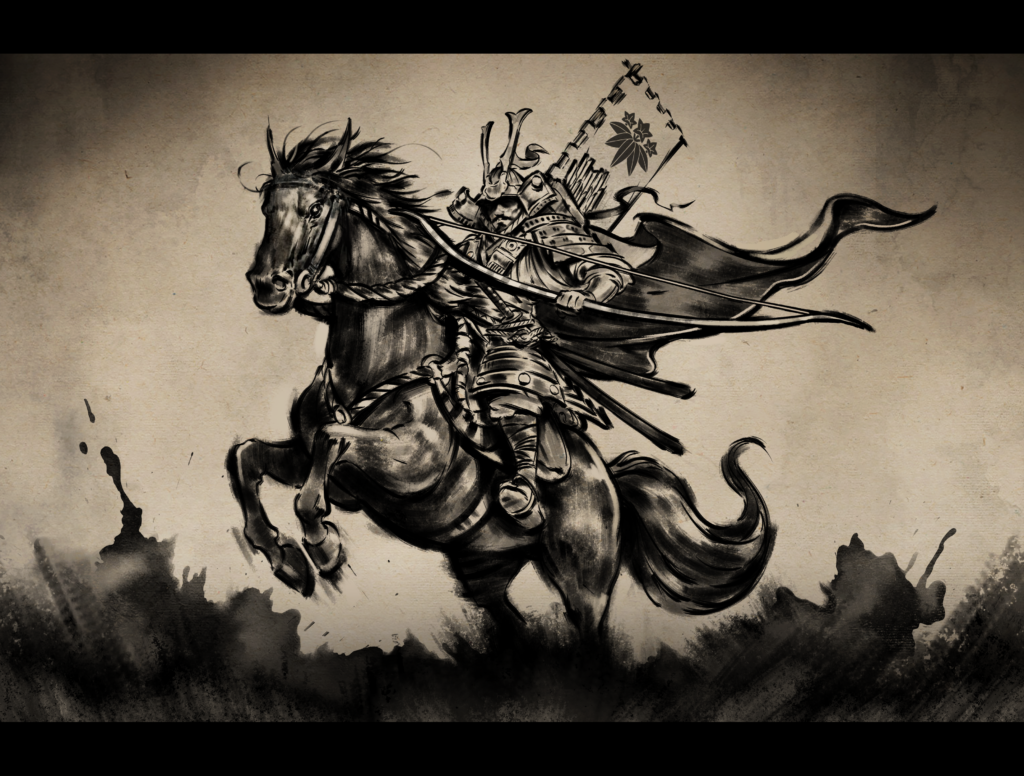
The Tale of the Heike, or Heike monogatari, is an epic poem recounting a power struggle that changed the course of Japanese history. In the late 12th century B.C.E., tensions between the powerful Minamoto clan—also known as the Genji clan—and the Taira clan—also known as the Heike clan—came to a head. The poem chronicles the conflict that plunged Japan into civil war for years.
The Tale of the Heike is considered one of the great traditional works of Japanese literature. It can be considered to Japan what the Iliad is to much of the western world. And like the Iliad, it was composed of fragments of earlier writings composed between 1190 and 1221. The pieces were assembled into a complete text, likely by a scholar named Yukinaga, around 1240.
The poem tells the tale of Minamoto Yoshitsune, a legendary hero, and his exploits. Although its contents are based on the real-life civil war between the Minamoto and Taira clans, some elements of the poem are almost certainly fictionalized. However, the visions of samurai and aristocratic bravery and heroism have become part of the Japanese cultural landscape.
Although Yoshitsune is certainly important, the main focus of the Tale of the Heike is the downfall of the Taira clan. The poem opens and ends with the tolling of a temple bell signifying the impermanence of things. And sure enough, even the near-unlimited power of the tyrannical Taira clan is brought low and scatters like dust in the wind. The poem’s themes of impermanence and revenge had a massive impact on Japan and illustrated a cultural shift to the age of samurai.
In Tale of Ronin, the age of the samurai is coming to an end, but the samurai have yet to let go of the values of the past. Blind monks play political games over who can sing The Tale of the Heike while ronin struggle to live up to the legend of doomed but valiant warriors. As Japan slides toward conflict once more, the conflicts of the past seem closer than ever.